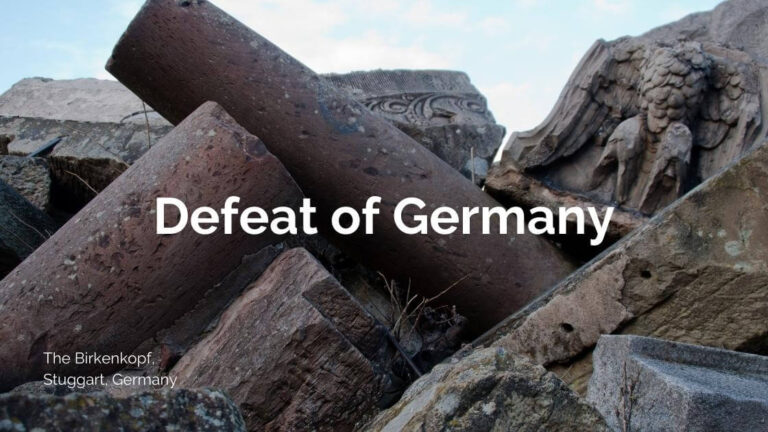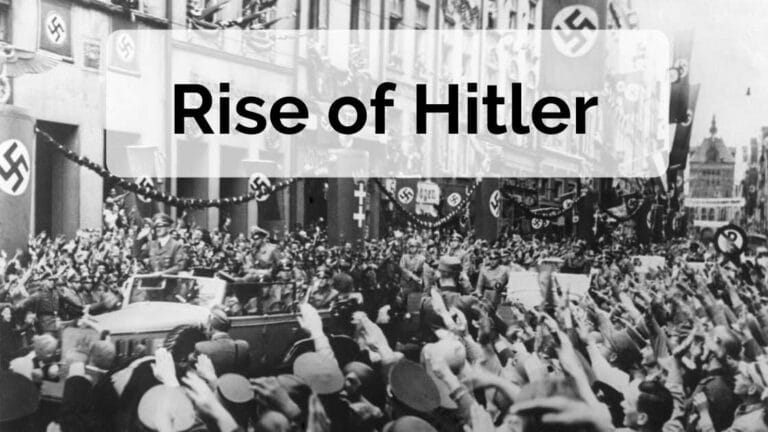The History of Swastika
This blog post is in response to a Mothership article on a boy wearing a Nazi symbol. I am not too concerned about the boy. After all, he is only 15-years old and might not have taken History.
Even if he is a history student, the information on the Holocaust in the textbook only scratches the surface. This is because the horrors are, frankly speaking, terrifying and I would not want to inflict the graphic details on young people.
What I find most horrifying was reading the comments on Facebook. Many of them argue that it was just a harmless symbol and people should not be bothered with lecturing the boy. They also point out that there is a Red Swastika school.
However, that is not the point. The Nazi Swastika and the normal ones are different. Let me show you how they are different.
- Nazi Swastika
- Left-facing, associated with Mahayana Buddhism
- Right-facing, associated with Hinduism
How did the swastika become a symbol of Nazism? Let me explore a bit of the history of this symbol.
First Symbol Found
The first swastika is believed to be around 15,000 years old. Multiples of them were joined into a pattern that was found on the torso of a bird that was craved from mammoth tusks in Eastern Europe.
Apparently, this pattern resembled a naturally occurring pattern found in the cross-section of the tusk. As the mammoth was an animal signifying fertility, the pattern was believed to be the same as well.
Subsequently, single swastikas were found throughout South-eastern Europe aged around 7,000 years old. The Greeks were also early adopters of the symbol as it could be seen on Greek produced textiles, vases, and pots.
Buddhism and the Swastika
The use of this symbol is found in many cultures all over the globe. It has been found in Europe, Asia, America and Africa. There are also many different varieties of it. All of them symbolise positive concepts like life, fertility and goodness.
How about the Buddhist meaning? In Buddhism, it symbolises the footprints of Buddha. It also symbolises eternal cycling, where a person experiences birth, mundane existence, death and then rebirth again.
Just like other ancient examples, the swastika is a symbol of positivity.
Modern Use of the Swastika
Before the Nazis took it, the symbol was also widely used by western companies in other contexts. A car manufacturer, K-R-I-T automobile, and a tool company, Buffum used it as their trademarks. Many military services from America to Finland also used it in their military insignia.
They used it probably in the hope that its symbolisation as ‘life’ would translate into their companies and organisations.
Why did the Nazis Start Using the Swastika?
The story started with an archaeological dig by a German historian in Turkey where the ancient city of Troy was supposedly located. He found artefacts with swastikas and matched them to patterns found in Germanic pottery in Europe.
Despite it being a common symbol, some Nazi academics claimed that this was evidence of their wrapped history that the Aryan race was a ‘master race’. In 1920, Hitler officially adopted a variation of it as a German national symbol, and it became the central element of the Nazi flag.
We now have established two things. First, the symbol is ancient and throughout most of history, has been a sign of fertility, life and positivity in general. Second, the Nazis adopted the symbol in the 1920s. However, as the Nazi symbol is a variation of the original version, we can differentiate between the two easily.
What do the Nazis Symbolise?
What are so many people against the Nazi swastika? This is because of what the Nazis symbolise. For those the still do not know, the Nazis represent hate, terror and evil.
Not only were the Nazis responsible for starting the Second World II, but they also systemically killed 6 million Jews by sending them gas chambers. In addition, they killed another additional 11 million people of various nationalities and ethnic groups.
It is very difficult to describe the horrors inflicted on innocent victims in this blog post. I visited a concentration camp twenty years ago and I still get emotionally upset when I think about what I saw. If you are in Munich, Germany, you should go visit the Dachau Concentration Camp Memorial Site. If you are visiting Poland, do visit Auschwitz as well.
Future of the Symbol
Currently, the swastika is used by White supremacist and neo-Nazi groups. These groups retain the bigotry and hatred of the Nazi party.
There are also some people who want the swastika to be recognized by its original symbolism. In Asian countries, it is already recognized as such. This is why there has been no negative reaction to the Red Swastika School.
However, I believe the Nazi variation should remain as a symbol of hate and evil. To move away from, would mean that we have never learnt from the millions killed during World War II and the Holocaust. I leave behind this quote by a Jewish survivor, Freddie Knoller:
For the Jewish people the swastika is a symbol of fear, of suppression, and of extermination. It’s a symbol that we will never ever be able to change. If they put the swastika on gravestones or synagogues, it puts a fear into us. Surely it shouldn’t happen again.”
Freddie Knoller
Let us ensure that such evil will never come again.
Sources
https://www.bbc.com/news/magazine-29644591
https://www.britannica.com/story/how-the-symbolism-of-the-swastika-was-ruined
https://en.wikipedia.org/wiki/Swastika

Critical Thought English & Humanities is your best resource for English, English Literature, Social Studies, Geography and History.
My experience, proven methodology and unique blend of technology will help your child ace their exams.
If you have any questions, please contact us!










